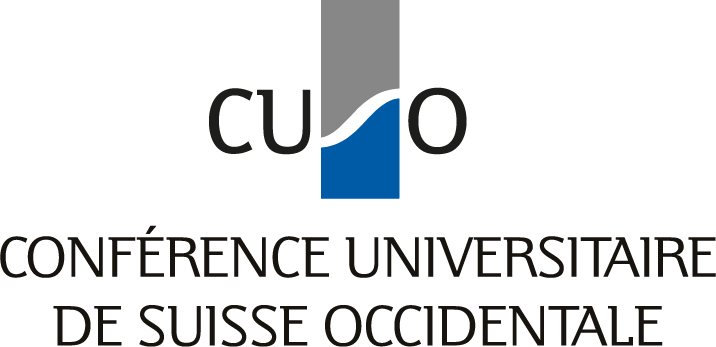| Title | Manufacturing Identities: The Role of Material Heritage in the Construction of Identity in Uzbekistan |
| Author | Dilafza HAYDARALIYEVA |
| Director of thesis | Peter Finke |
| Co-director of thesis | Christoph Brumann |
| Summary of thesis | This research explores the relationship between state-driven heritage policies and national identity in post-Soviet Uzbekistan, focusing on the cities of Shakhrisabz, Samarkand, and Tashkent. These cities, rich in historical and cultural significance, are key sites of intersection between heritage values, nationalism, imperialism, and globalization, while also being central to the state's promotion of national identity and economic strategy. The romanticized Silk Road narratives and World Heritage List inscription documents often present an oversimplified image of peaceful cultural exchange and cooperation, overlooking Uzbekistan's complex political and cultural reality. Building on previous work established in my master's dissertation, the study will address the critical question of how material heritage policies in Uzbekistan shape national identity, citizenship, and ethnicity in a post-Soviet context. Using a mixed-methods approach, including subject interviews, archival research, analysis of state documents, and site-visits, this study will provide a necessary corrective to those oversimplified narratives and address the gaps in understanding of the role of material heritage and community engagement within Uzbekistan’s larger socio-political context. To do so, the following objectives have been set out:
- Analyze how historic city listings sustain, reinforce, or challenge nationalism in Uzbekistan. - Investigate whether Uzbekistan’s heritage policies break from or perpetuate Soviet traditions regarding national identity. - Assess governance experiences of local heritage institutions and their interactions with international organizations like UNESCO. - Examine the negotiation between conservation principles, community needs, and the state’s economic interests. - Explore how citizens and local communities navigate personal and collective identities through heritage sites.
My earlier work suggested that Uzbekistan's heritage conservation priorities diverged from UNESCO’s so-called "universal" values. These values may not be as universal as assumed, as the state’s approach reflects its unique socio-political and historical context. Instead of aligning with international prescriptions, heritage policies were driven by economic and strategic considerations. These conclusions were drawn from policy, text and archival research – there was no access to subjects at the time and there had previously been hesitance to broach such topics and engage with the local population on topics of a political nature. The current political climate in Uzbekistan is one of transition and reform, presenting the ideal circumstances to undertake such a study. In addition, there is a growing interest in heritage studies, both abroad and locally in Uzbekistan, expressing the desire to preserve, study, and promote Uzbek cultural heritage, evidenced by the establishment of a World Society for the Study, Preservation and Popularization of the Cultural Heritage of Uzbekistan (WOSCU) in 2018 as part of the president’s Strategy of Action for the liberalization of the state. There is currently access to many stakeholders and with the expanded scope that the current study provides, it is doubtful that there will be one clear answer to the research question and objectives but a variety of trends. With respect to the state, and this is common with the Central Asian republics, there is always some scepticism – doubt as to the depth of these reforms and the sincerity behind announced initiatives. Rather than upholding an ideal, there may be a far more practical justification to an initiative. With respect to the public, when it comes to the questions above, there really is no existing data to hypothesize from, but a presumption that there will exist a variety of perspectives on heritage sites and the state’s heritage policies. Much like the people’s perception of Soviet legacies (Dadabaev & Komatsu, 2017), it would be reasonable to assume that there will be both positive and negative receptions of heritage policies and national initiatives. The coming observations will contribute to our understanding of material heritage and nation-building processes in Uzbekistan from perspectives thus far hidden. |
| Status | beginning |
| Administrative delay for the defence | 2029 |
| URL | |
[
Back
]


